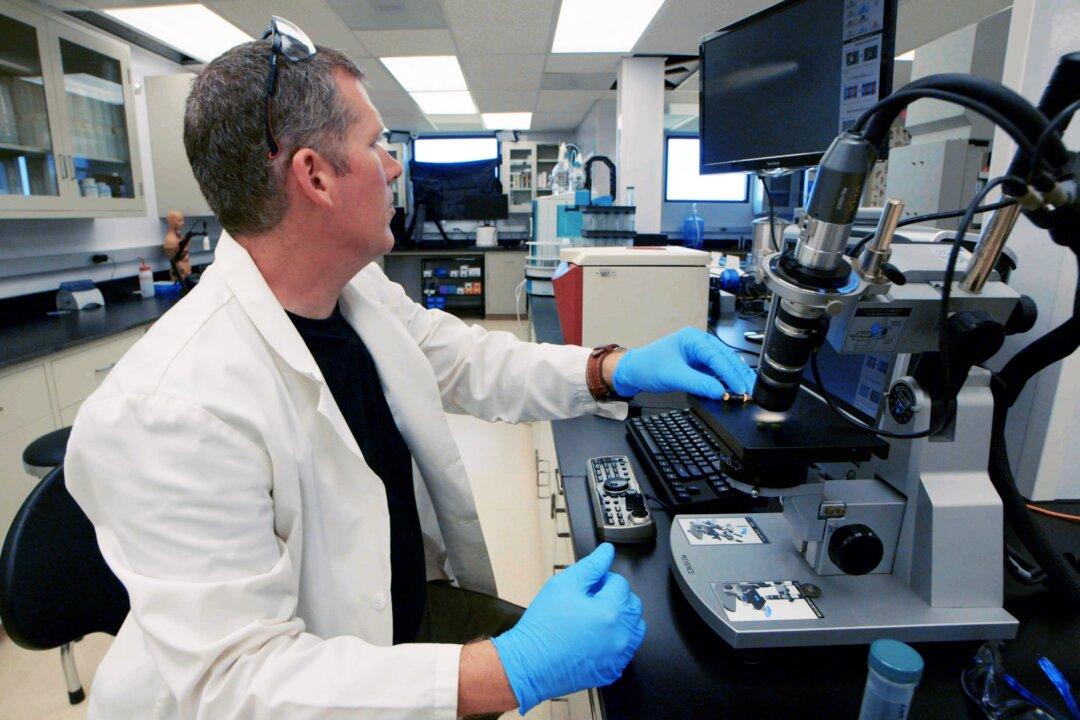Food scarcity. Food vouchers. Food riots and flash mobs.
All of that’s coming—and soon, says Texas-based food scientist and “Health Ranger” podcaster Mike Adams, who sees dire events unfolding across the United States in the short term.

Food scarcity. Food vouchers. Food riots and flash mobs.
All of that’s coming—and soon, says Texas-based food scientist and “Health Ranger” podcaster Mike Adams, who sees dire events unfolding across the United States in the short term.